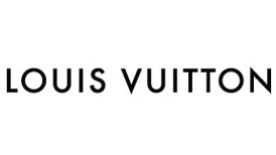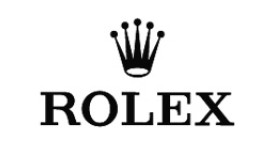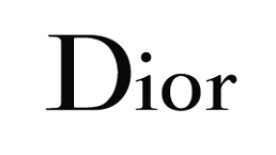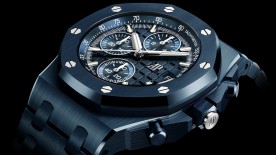Officially it is the Chinese Year of the Dragon. Unofficially it seems many luxury brands are betting big that it will be the year of the Chinese consumer. Will the gamble pay off?
WORLDTEMPUS - 17 February 2012
Tom Mulraney
Business is booming in China, and it seems that the rapidly expanding middle class' appetite for luxury branded goods is showing little sign of abating. According to a recent report from consulting firm McKinsey & Co., it is expected that China will account for 20 percent of the global luxury market by 2015, with spending in the country to nearly triple to $27 billion by that year from around $10 billion in 2009. It's no surprise then that nearly every high-end watchmaker in the world is doing its utmost to woo Chinese consumers, both at home and abroad, to help counter the seemingly lackluster performances of European and North American markets.
By all accounts, this strategy appears to be yielding incredible dividends for those brands that have already successfully taken the plunge. However, the increasing reliance on Asian markets in the face of underperforming Western economies is not without its own pitfalls, some of which have never really been faced by luxury watchmakers before.
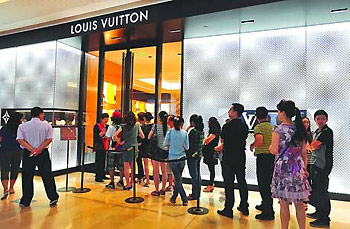
Going into China
As any brand contemplating China will tell you, the costs of breaking into and more importantly standing out in this lucrative market are truly extraordinary. And they are growing daily as some of the world's best known brands battle to outdo each other with ever more grandiose flagship stores and exotic product launches, making any sort of meaningful entry for smaller brands all but impossible. It's not for nothing that the top five luxury brands among Chinese consumers for the past two years are also some of Europe's biggest: Louis Vuitton, Chanel, Gucci, Dior and Armani.
There is also the challenge of getting the pricing mix right, made ever more difficult by the combination of China's steadfast refusal to float its currency and the inflated value of the Swiss franc particularly against the euro and the U.S. dollar. For example, the Swatch Group - the world's largest watchmaker – reported a negative currency impact of almost CHF 700 million in 2011, or 10% of total sales.
The flip side of that, of course, is that the group also achieved record sales of CHF 7.1 billion in the same year, much of which can be attributed to increasing demand from China. It's important to note, though, that China was still only the world's third largest market for Swiss watches in 2011 according to the Federation of the Swiss Watch Industry (FH) with CHF 1.6 billion in sales, behind Hong Kong's CHF 4.1 billion and the United States' CHF 1.9 billion. Based on growth projections, though, it's not hard to see that it won't be long before it wrests away the number two spot from the U.S. and so you can see the attraction to brands eyeing expansion.
Finding the right strategy
Still, the biggest challenge facing many of the luxury watchmakers may not actually be getting into the Chinese market, but rather determining what strategy to adopt once they are in. Undeniably, there is the temptation to go in and simply sell as much as possible – especially given the drop in sales in some other international markets – however the true value of luxury is in its exclusivity. Such is the size and strength of the Chinese market, though, that it has the ability to turn an exclusive brand like Patek Philippe into the next Rolex (meaning that “everyone has one”) unless a well thought-out product strategy is implemented and managed carefully.
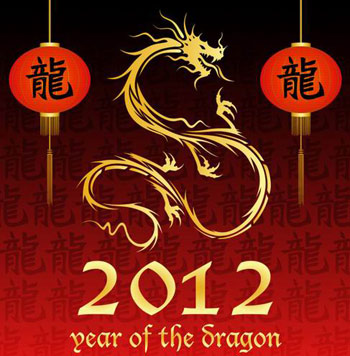
This is also an important consideration from a quality control and supply chain management point of view as the natural flow-on effect of increased sales is of course the need for increased production, which can lead to quality control issues and possibly even supplier shortages, sometimes with disastrous consequences.
Of course, this could also go the complete opposite direction with an unforeseen event causing a meltdown in the Chinese economy, leaving many brands with all their eggs in a few, unprofitable baskets. Naturally, that seems a highly unlikely scenario at this stage but China is not immune to the issues that plague other economies and it is entirely plausible to think that the bursting of the bubble could be just as spectacular as the growth that led to it. For now, though, it seems the only way is up.
Looking to the future
As China's market continues to grow in size and influence, so too will its consumers grow in sophistication, becoming ever more discerning in their assessments of both luxury and value. The real challenge as increasingly more of the population becomes wealthy will be to provide enough variety to allow these individuals to find timepieces that no one else in their social circles have. After all, what is the point of acquiring an exquisite, limited edition timepiece if everyone else you know has one too?
Featured brands

